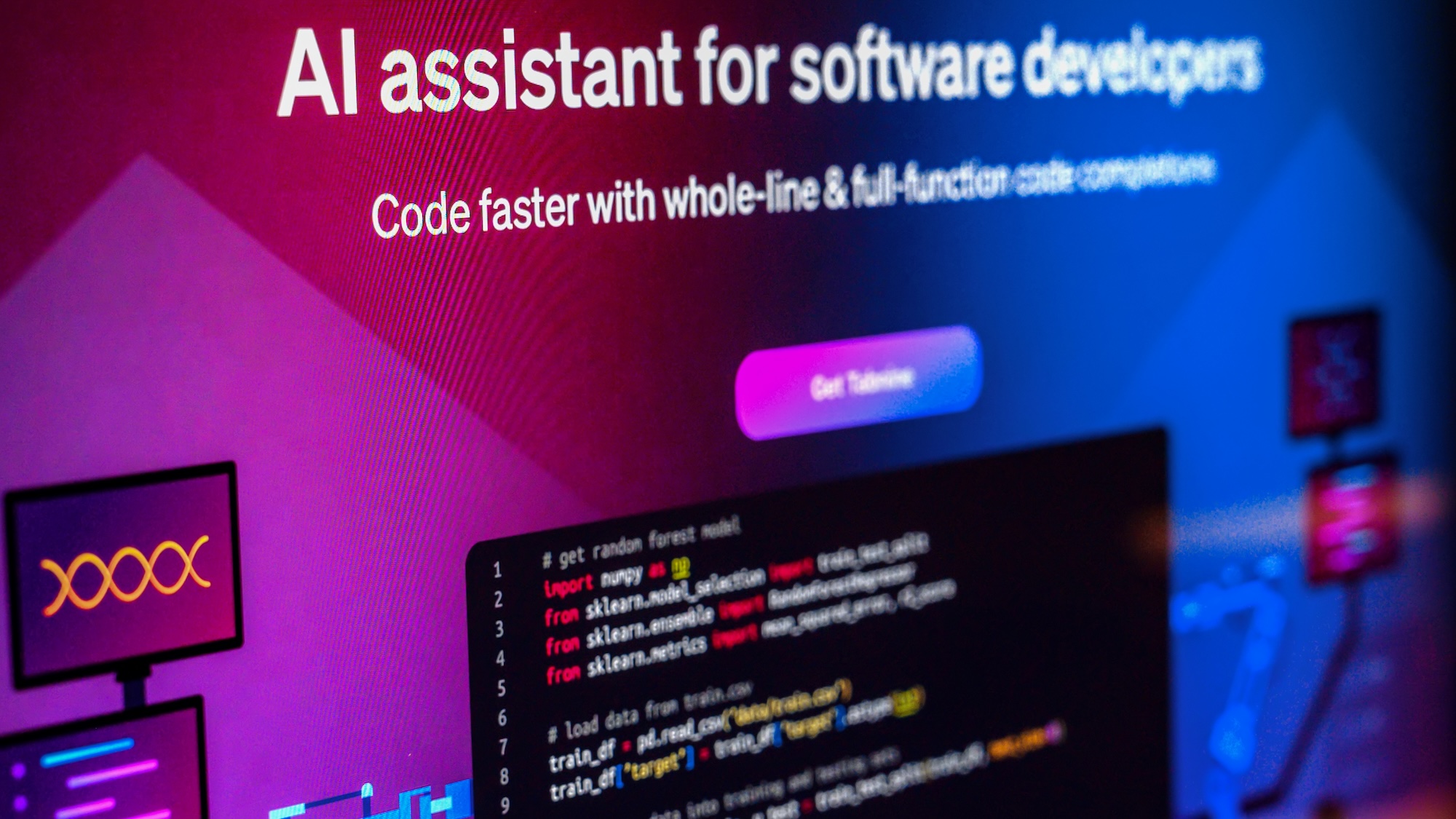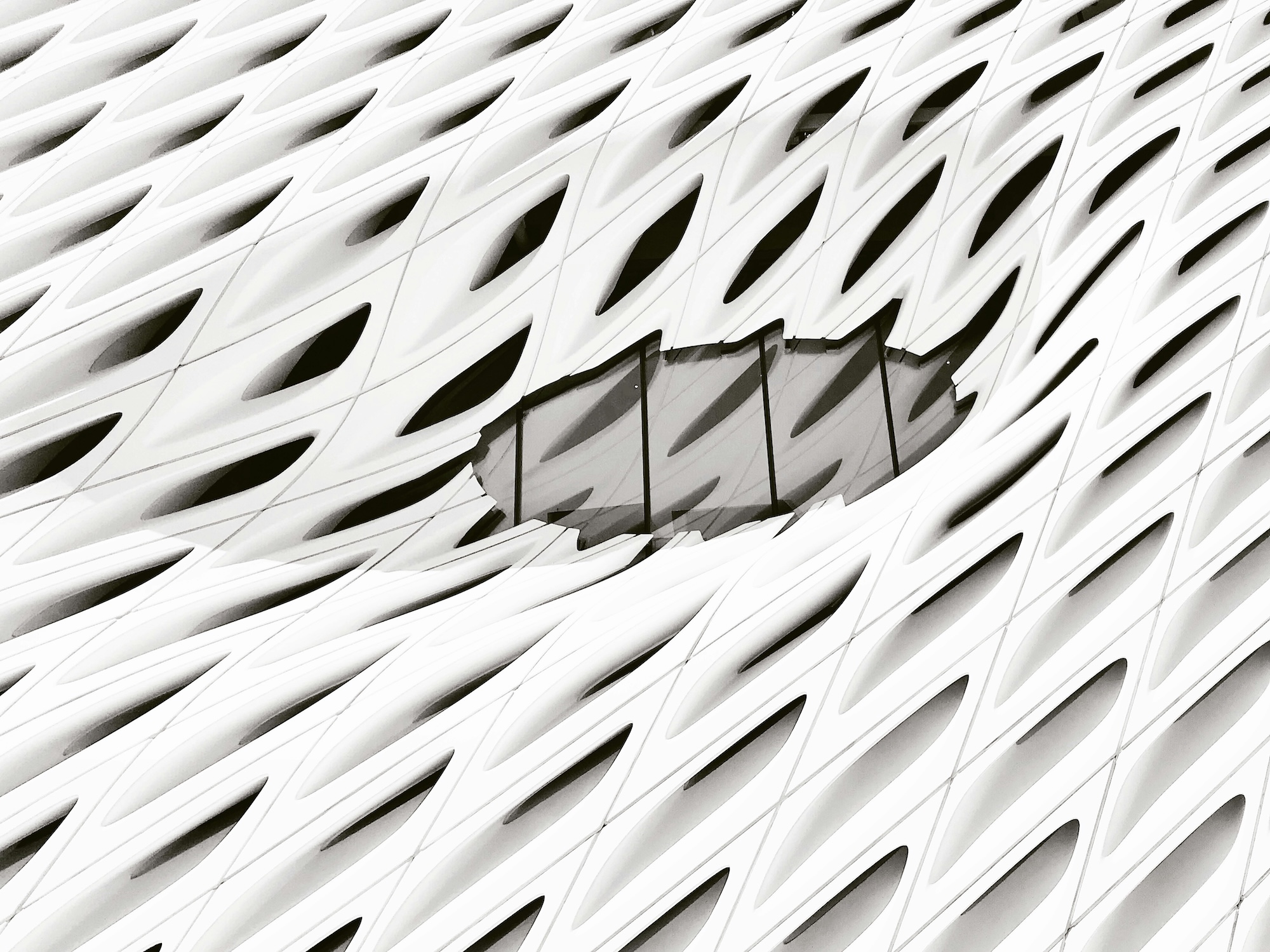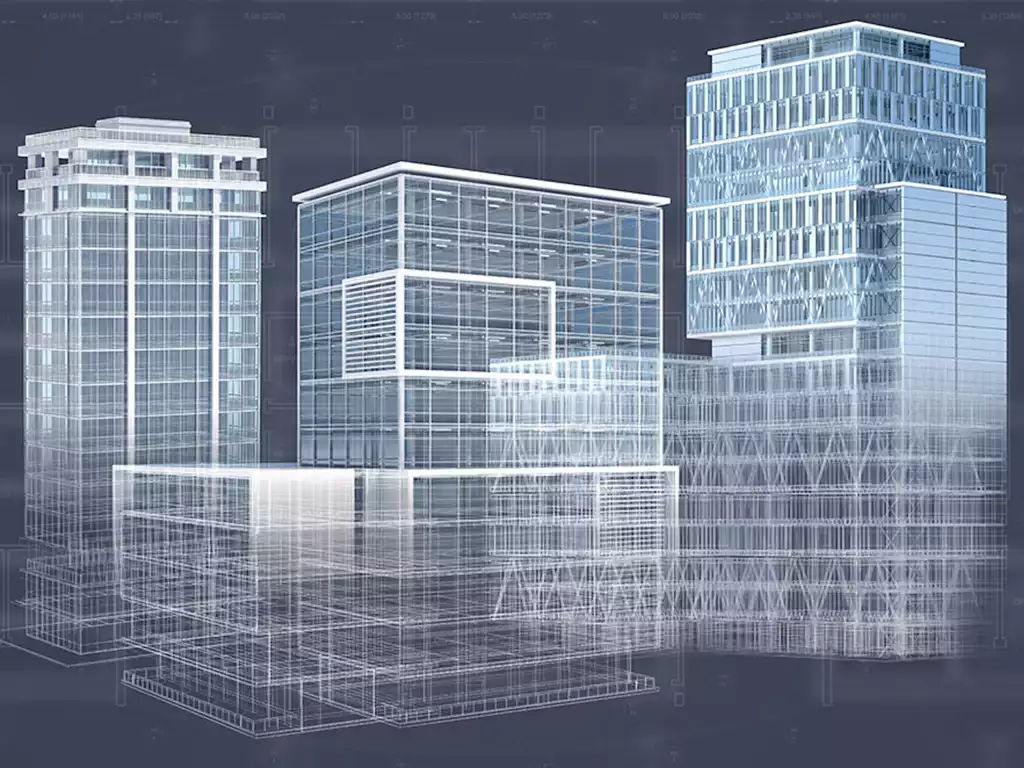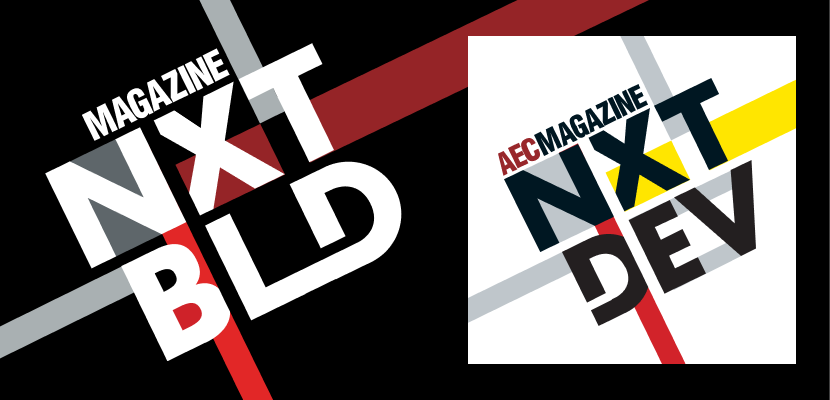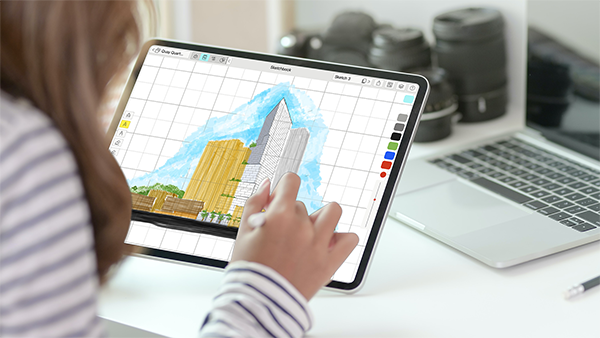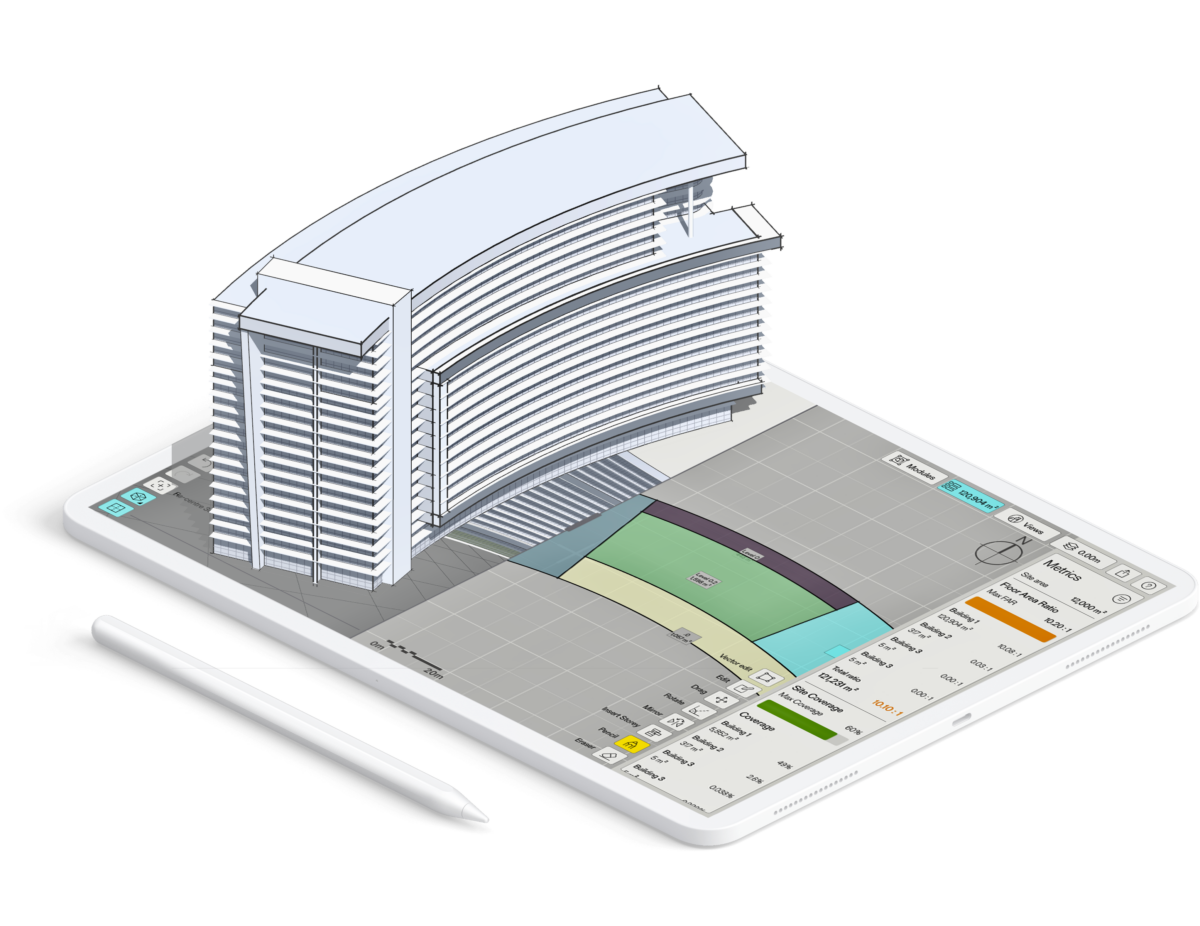-
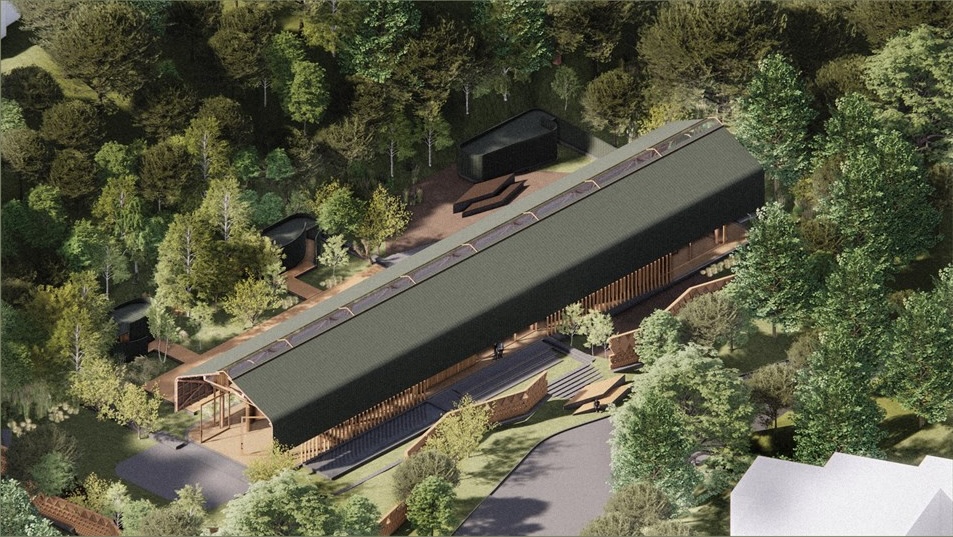
Celebrating the Next Generation of Architects
For many years at Cadimage, sponsoring the NZIA Student Design Awards was a genuine highlight. My last involvement was back in 2015—little did I know it would also be my final one before exiting the business in 2016. Looking back, those awards were always a reminder of the talent, optimism, and fresh thinking coming through…
